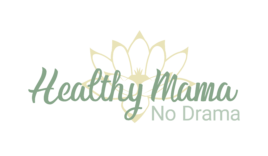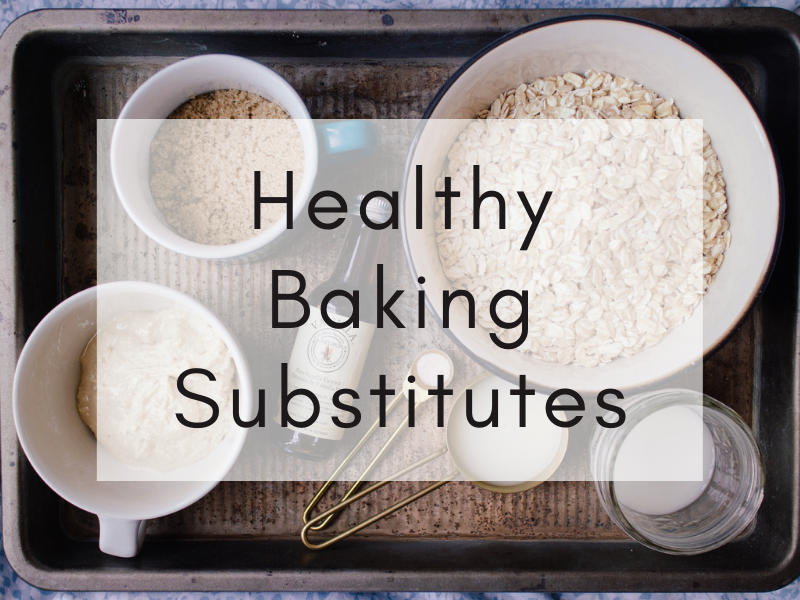I love to bake. It’s my thing. It’s one of my favorite “me time” activities, and also something I love to do with my kids. Especially this time of year when the weather is cooling off and it feels so good to get the oven on. The measuring, mixing, popping it in the oven and waiting as my house starts smelling delightful is my happy place. And, of course, the eating! I love me some baked goods. The only downside to this hobby of mine is that many baked goods call for ingredients that I try to limit in my normal everyday diet. Ingredients that lack nutritional value, that can cause inflammation or disrupt the function of a healthy gut. Click here for more information on gut health, and how it can also affect your mental health.
But baking doesn’t have to be a super unhealthy hobby! There are so many ways that you can swap out the unhealthy ingredients for healthier options. Here are some of my favorites.
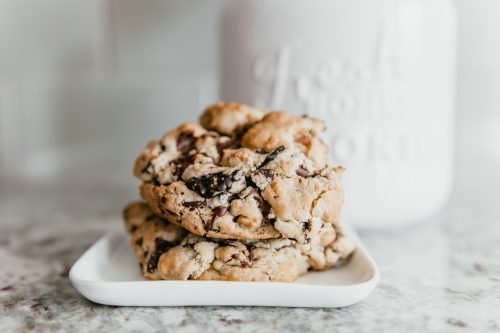
Flours
Most baked goods have a base of flour, but many traditional flours lack nutrients and are not good for our bodies. The options below are gluten free, so I recommend doing some research to pick the right flour for any given recipe as they can alter the consistency of your batter.
Almond Flour
Made from ground almonds, it’s gluten free and low carb. It adds a nutty flavor to your baking, along with more moisture, protein, fiber, and healthy fats. A great option for anyone without a nut allergy. This is a great option.
Coconut Flour
Contains a generous amount of healthy fats and fiber, and low in carbs. Adds a coconut flavor, so take that into consideration when using. It also absorbs a lot of moisture, so make sure your ratio of coconut flour to wet ingredients is right. Or consider mixing coconut flour with almond flour for a great texture and flavor. I really like this one.
Cassava Flour
Made from yuca roots of the cassava plant, this flour is a great gluten-free substitute for wheat flour as it has similar texture. It has a higher carbohydrate content than wheat flour, but is also rich in fiber. Cassava flour is great, versatile, option.
Oat Flour
Has a texture similar to wheat flour, but lacks the gluten. It’s easy to make yourself by blending oats in a blender or food processor and then sifting, or this is a great value.
Chickpea Flour
Made from stone ground garbanzo beans. It’s higher in protein flour, fiber, minerals, and nutrients than all-purpose flour, and gluten free. Here is a great option.
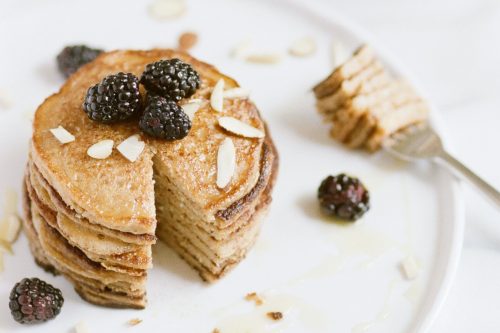
Sweeteners
The reason we eat desserts, right?! Diets high in sugar can wreak havoc on your body – many sugars are a big cause of inflammation and cause gut health issues. So, swap out traditional sugars for these healthier alternatives.
You’ll notice there are some sugars missing from below that many might think are healthier options (raw organic cane sugar, evaporated cane juice, brown rice syrup, fruit juice concentrate, agave syrup), but they are not actually as healthy as many might think.
Coconut Sugar
Comes from the nectar of coconut tree blossoms. It tastes similar to brown sugar, so it’s a popular alternative for baked goods. Compared to other nutritive sweeteners, coconut sugar is highest in potassium, nitrogen, phosphorus, magnesium, sulfur, and even has some vitamin C. It’s great for gut health. I really like this one as a replacement for regular granulated sugar, or this one as a replacement for brown sugar.
Monk Fruit Sweetener or Extract
Monk fruit is full of antioxidants and vitamins. Monk fruit sweetener is typically monk fruit extract with erythritol, which is a natural sweetener as well. I prefer this so I can use it at a 1:1 ratio when baking. Monk fruit extract is about 200 times sweeter than sugar. So, if you use monk fruit extract, you’ll use less of it when adding to food.
Maple Syrup or Maple Sugar
Real maple syrup comes straight from the sap of the maple tree. It gets boiled until it reaches a concentrated consistency. When replacing brown sugar with maple syrup, it’s a 1:1 ratio. Since it’s a liquid, you’ll want to consider your ratio of dry to wet ingredients. Maple sugar comes from the sap of maple trees as well, but the sap is boiled and reduced until it becomes a solid sugar. Both maple syrup and maple sugar have many health benefits. They provide you with manganese, magnesium, zinc, calcium, iron, anti-inflammatory compounds, potassium, and antioxidants.
Raw Honey
Raw honey, unlike regular honey, is not pasteurized (heated). It comes straight from the honeycomb and, therefore, contains bee pollen, antioxidants, vitamins, minerals, and enzymes. It also has an anti-inflammatory effect on the body. It’s sweeter than sugar. You’ll want to buy local for added benefits, especially if you suffer from seasonal allergies. But, if that is not an option, this is great alternative.
Unsweetened Applesauce
Unsweetened applesauce is a really great way to replace sugar in a recipe. Plus it has the added bonus of providing moisture. Replace one cup of applesauce for one cup of sugar. This may not work in every recipe as it could alter texture or moisture.
Medjool Dates
Medjool dates are the fruit from a date palm tree. They provide potassium, dietary fiber, copper, calcium, magnesium, vitamin A, and phytonutrients. To use as a sweetener, soak the dates for 10 minutes, remove the pit, and then blend in a food processor to make a paste. Or just buy them already pitted like these and you’re all set to blend!
Pure Vanilla or Almond Extract
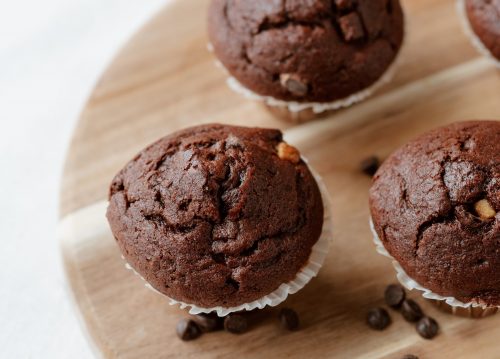
Liquids
If you are dairy free or try to limit dairy products, these are some great options that you can swap out if your recipe calls for milk.
Oat Milk
Made by soaking steel-cut or whole grain oats water, blended, and then strained. It’s rich, creamy, and has an oaty flavor that make it a great dairy-free substitute. This is one of my favorite milk alternatives that I have tried.
Nut Milk
All nut milks are made by soaking the nut in water, blending, and then straining. Almond is probably the most popular. If you purchase a nut milk, avoid brands that have additives like carrageenans (a thickening agent).
Pea Milk
Made from peas (big shocker there, huh?!), pea milk is thick, creamy, and packed with protein. Added bonus: it doesn’t contain common allergens like nuts or gluten. It’s considered more environmentally friendly than almond milk because almonds take crazy amounts of water to grow.
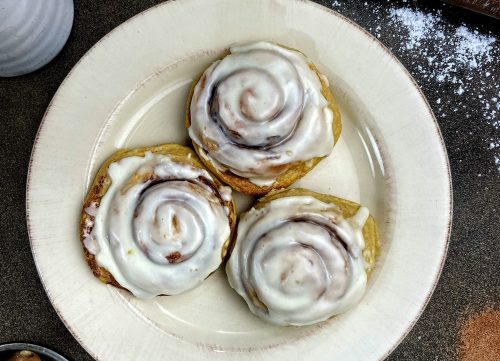
Fats
Fat doesn’t have to be a big scary thing. Healthy fats are actually good for you. In baking, consistency matters a lot, so I recommend doing a little research on which fats are good or not good for a particular baked good. For the most part, however, you can use the below healthy fat alternatives in your baked goods.
Coconut Oil
Extracted from the meat of mature coconuts, it’s high in saturated fat and slow to oxidize, which means it will have a long shelf life. It has a smooth buttery texture, but could add a slight coconut flavor to your baked good. I use this as a swap regularly and have never had an issue. Look for one that is organic, cold-pressed, and unrefined like this one.
Ghee
Ghee is clarified butter, typically made from cow milk. Most of the dairy proteins and sugars are removed, so it’s generally still tolerable to someone with a lactose intolerance. It has a nutty and buttery flavor, and is a great substitute for regular butter. Look for organic, grass-fed, clarified butter like this one.
Extra Virgin Olive Oil
One of the most common oils, made from olives. Make sure to buy certified organic to ensure it’s pure olive oil. You also want to look for cold-pressed like this one.
Greek Yogurt
It’s higher in protein than other dairy products and can be used in place of sour cream or oil. It’s not always an even 1:1 ratio with oil, so you may try experimenting by replacing half at first. I personally make my own (have you checked out my instant pot yogurt recipe yet?), but you can buy greek yogurt in most grocery stores. Just make sure to buy plain yogurt with no added sugars.
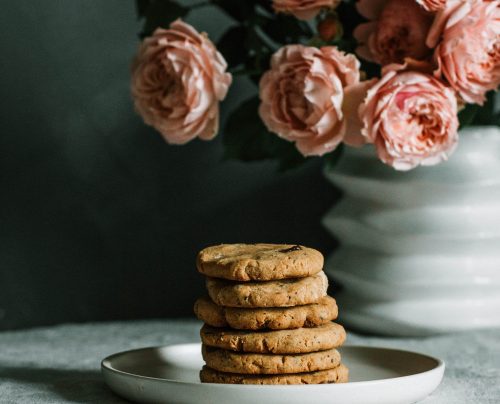
Healthy Add-Ins
These are some great add-ins when making baked goods or desserts. They’re nutrient dense, delicious, and can add depth and texture to your recipe.
- Raw Cacao Powder or Raw Cacao Nibs (higher nutritional value than cocoa powder)
- Unsweetened Nut Butters or Powdered Peanut Butter
- Unsweetened Coconut Flakes
- Flaxseeds, Chia Seeds, and Hemp Hearts (I recommend keeping these refrigerated)
If you have a favorite alternative or healthy baking ingredient, please share below!
Some of the links above are affiliate links. This means that, at zero cost to you, I will earn an affiliate commission if you click through the link and finalize a purchase. Thanks for your support!
Related posts:
- Healthiest Cooking Oils There are many oils on the market today. Some well-known, some not. Many people just grab the cheap and accessible vegetable or canola oil off the shelf without realizing the...
- My daily routine for healthy skin Youthful, healthy skin is something I think we all desire, but many don’t know how to achieve it. As we get older, our skin begins to show signs of aging...
- Why Essential Oils Are…Essential If you’ve done even a small amount of researching online about natural health, chances are that you’ve come across essential oils. Their popularity is ever-growing both in the natural world...
- Anti-Inflammatory Diet One of the best ways to fight inflammation in your body does not come from a drug store. Instead, it comes from the grocery store. By simply choosing to incorporate...
